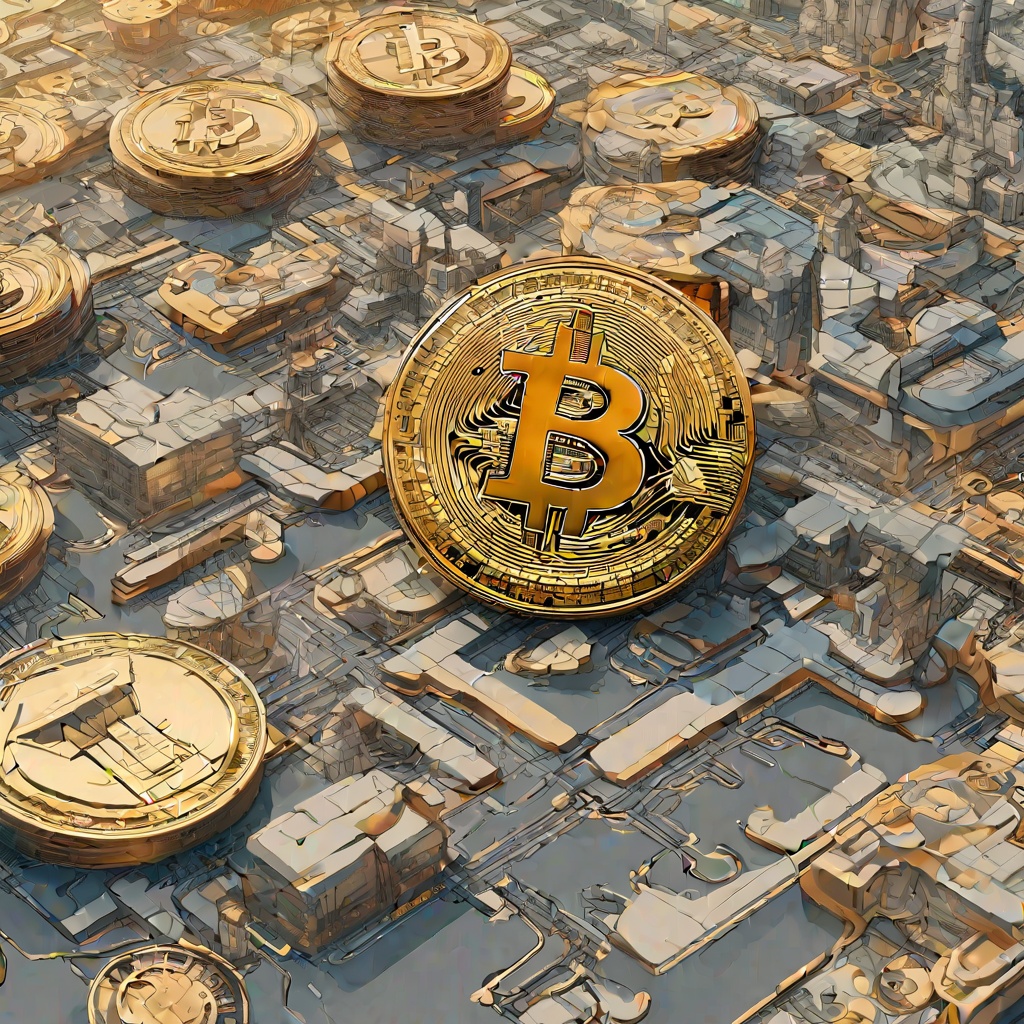What does kraken look like?
I'm curious, could you elaborate on the appearance of Kraken, the mythical sea creature? Does it have a specific form or does it vary in descriptions throughout folklore? Is it a giant octopus-like being with tentacles stretching across the ocean depths, or does it take on a more serpentine shape, winding through the waves? And how does it compare to other sea monsters in terms of size and ferocity? I'm eager to gain a clearer picture of this enigmatic creature.

What is the fee for Zoomex?
Hello, I'm interested in using Zoomex for my cryptocurrency transactions. Can you please explain to me what the fee structure is like on this platform? Is there a flat fee for each transaction, or does it vary based on the amount or type of cryptocurrency being traded? Additionally, are there any hidden fees or charges that I should be aware of? Thank you for your time and assistance.

How do I add money in BitMart?
Could you please explain the process of adding funds to my BitMart account in detail? I'm a bit new to this and want to make sure I'm doing it correctly. What payment methods are supported by BitMart, and are there any fees associated with depositing money? Additionally, is there a minimum amount required for deposits, and how long does it typically take for the funds to reflect in my account? Thank you for your assistance.

How does Binance make money?
So, let's dive into the question: "How does Binance make money?" As a leading cryptocurrency exchange, Binance has established itself as a key player in the digital asset market. But how exactly do they turn a profit? One of the primary ways Binance generates revenue is through trading fees. Whenever users buy or sell cryptocurrencies on the platform, they pay a small percentage of the transaction amount as a fee. These fees can vary depending on the trading pair and whether the user is trading with Binance's native token, BNB. Another significant source of income for Binance is their listing fees. Companies looking to list their tokens on the exchange must pay a fee to Binance, which can be substantial for popular or highly anticipated projects. Additionally, Binance offers a range of other services, such as margin trading, futures trading, and staking, which also generate revenue through fees. But it doesn't stop there. Binance also has a robust venture capital arm, Binance Labs, which invests in early-stage blockchain projects, potentially generating returns for the exchange. So, in summary, Binance makes money through a combination of trading fees, listing fees, fees from additional services, and investments in blockchain projects. It's a diversified revenue stream that has helped the exchange become one of the most successful in the cryptocurrency industry.

What is ErisX and Eris Exchange?
Can you elaborate on what ErisX and Eris Exchange are? Are they both related to cryptocurrency and finance? If so, how do they differ from other exchanges in the market? What services do they offer? And, are they considered reputable and trustworthy platforms for investors to trade on?

